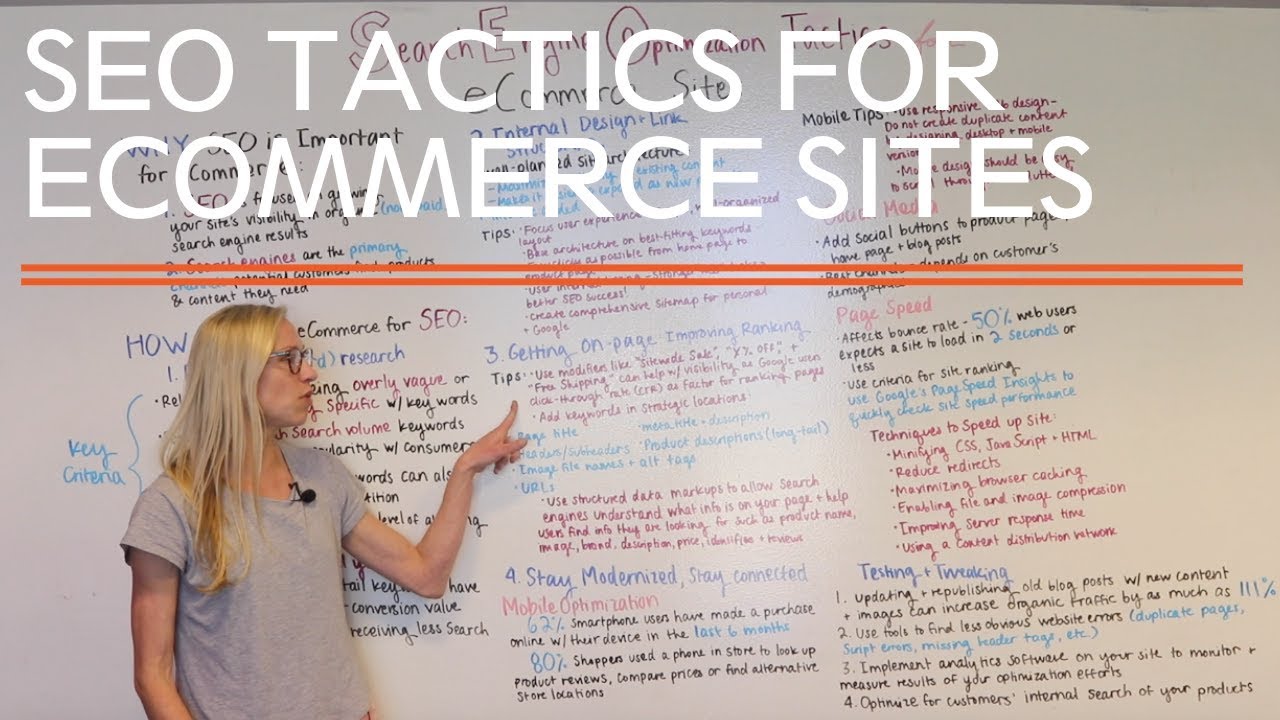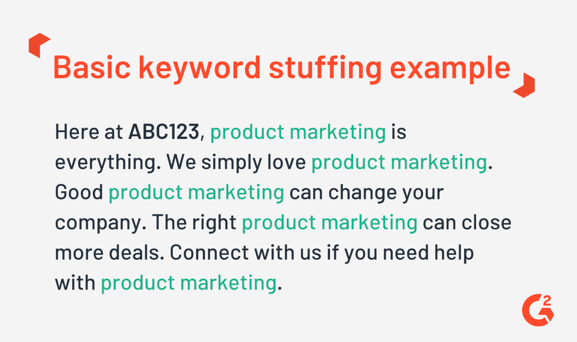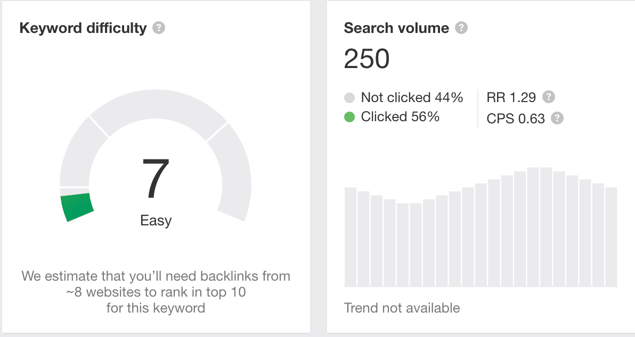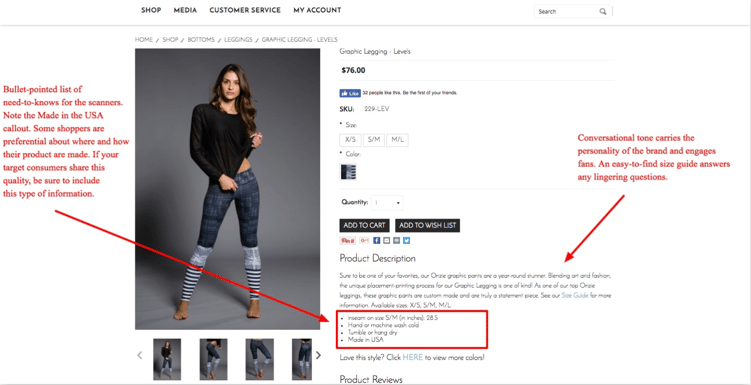Website Optimization: Tools to Nail Your SEO Strategy
What exactly is SEO? You’ve heard the term time and time again, but what does SEO or search engine optimization really do? In short, it’s the...
I know what I am looking for, and would like to chat.
A team of data-driven marketers obsessed with generating revenue for our clients.
Because the proof is in the pudding.
At Campaign Creators we live by three principles: Autonomy, Mastery, Purpose.
7 min read
 Campaign Creators
:
12/16/19 1:28 PM
Campaign Creators
:
12/16/19 1:28 PM

When you’ve put so much work into building your company's eCommerce website and building out a great eCommerce marketing plan, it can be extremely frustrating not to see your site get the exposure it deserves. Many marketers have found themselves stumped when it comes to search engine optimization, or SEO.
Luckily, optimizing your digital presence doesn’t have to require professional coding skills or ultra-expensive site managing software. With some assistance from online tools and a bit of strategic elbow grease, your site will be topping the SERPs in no time.
Search engine optimization is a marketing practice focused on growing your website’s visibility in organic (non-paid) search engine results, driving traffic, and ultimately increasing brand awareness. Search engines are the primary channels along which potential customers can find the products and content they need. Some examples of why SEO is valuable to your site include:
61% of marketers today say that improving SEO and growing their organic presence is their top inbound marketing priority. In short, the ability of search engines to find your site or correctly index the information it contains can make or break a company’s success!
ECommerce optimization is, of course, not a one-size-fits-all strategy, but there are some common recommended steps to take when creating a game plan for building your domain authority.
The biggest thing to remember when creating content for your site is that Google is not your audience—the searcher is! Creating content full of on-page SEO tactics, in the hopes that Google will crawl your page and rank it well, does not necessarily mean that you're fulfilling search intent. It is more advantageous for you to answer questions clearly and concisely than by keyword stuffing.

Some examples of SEO malpractices are:
Remember, Google is getting smarter every day. Even if you're performing these black hat SEO practices and it's paying off in the short-term, Google will eventually penalize your content. In the interest of your content's longevity, invest your time in unique, relevant content.
The most common kind of research that may come to mind for SEO is keyword research. Choosing keywords for your products may sound straightforward, but in reality there is a wide list of synonyms and word combinations out there for industries and products, both generic and niche.
So, how do you determine which keywords are the most potent and effective for you? By keeping several key criteria in mind:

Remember that keywords should reflect your intent, which in this case is a company looking to sell its products. Long tail keywords—more specific groups of keywords searched as phrases—can be a valuable component of your keyword strategy, as they have a higher conversion value despite receiving less search traffic.
Now that you've conducted your keyword research, it's time to start working on the infrastructure of your website. Well-planned site architecture can both maximize the visibility of your existing content, and make it easier to expand in the future as new products and information are added.
The focus of your architecture should be on the user experience, with a simple and well-organized layout. Using the keyword research you’ve conducted, you can base your architecture on your best-fitting keywords—and even map your keywords to specific pages. As a general rule of thumb, it should take as few clicks as possible to go from your home page to your product page.
Internal linking goes hand-in-hand with internal structuring. Internal links are a means of interconnecting pages within your site with the home page and each other. The stronger your “web” of links, the better chance of SEO success! Internal linking also allows you to establish your own anchor text, which can help with ranking for your preferred keywords. Note that these links should be used where it is natural, and with some diversity in anchor text.
External linking (or back-linking) should be awarded the same investment of your time. Link to sites with high domain authority, pages with content related to yours, and be sure it's a site that's accessible to search engines. This is so Google can crawl through your page and assess the quality of your content based on your references.
When your site is complete, it’s recommended that you create a comprehensive sitemap, both for personal reference and for submission to Google so it can index the site page by page.
Product pages are the cornerstones of an eCommerce site, so let’s consider how they can be optimized to appeal to visitors. According to Shopify, modifiers like “Sitewide Sale”, “X% Off”, and “Free Shipping” can help with visibility as Google is suspected to use click-through rate (CTR) as a factor for ranking pages.
Now that you have put considerable thought into internal structure, it is time to put more of that keyword research to work. Keywords can feature in a number of strategic locations, including:
Services like Shopify can prove beneficial at this step because certain elements of the on-page optimization are accounted for automatically, such as themes that generate title tags and meta descriptions.
Additionally, features called “rich snippets” have great conversion potential; these are structured data markups that can be added to sites’ existing HTML, which allow search engines to better understand what information is contained on each web page as well as help their users find the information they are looking for. With regards to products, properties such as name, image, brand, description, price, identifiers, and even reviews can be displayed through the use of snippets.
You could have the most beautiful eCommerce site on the market, but if Google can't crawl it and shoppers never discover it, you might as well have never put all that time into it. Below, we've detailed our best tips on SEO practices to ensure your eCommerce site is optimized for Google and for users.
One crucial, yet often overlooked component of optimization is page load time, which not only affects bounce rate but is criteria for site ranking. Nearly 53% of mobile users leave a site that takes longer than three seconds to load. Thankfully, a variety of tools like Google’s PageSpeed Insights can be used to quickly check site performance.
From there, you can attack the problem from multiple angles, both through the use of performance— optimizing software and by hand. Examples of techniques to speed up your site include:
URL slugs are the part of the URL that contextualizes the domain. These can end up looking exhaustive, but the good news is they're easy to optimize for your site. Even better, you can use the URL slugs for words you want to rank for, and also provide the searcher with an idea of the page content.
Just in case you'd like some options, here's a comprehensive list of sites for URL consolidation:
Online shoppers are going to move onto your competitors if they can't quite understand what you're selling, which is why product and category descriptions are an important part of your site for capturing customers.
To guide your product and category descriptions, keep in mind who each product is for. It might take a little extra research, but loosely developing a buyer persona for each product on your site could substantially increase your ROI. This is because you'll write your descriptions from the perspective of your buyers, which will eliminate any language barrier between their area of expertise (the product) and yours (your eCommerce business). This blog from Bigcommerce provides useful examples of a well-optimized product and category descriptions:

MOBILE OPTIMIZATION
Making your site mobile-friendly may seem like an afterthought, but in reality mobile optimization deserves your full attention when it comes to SEO. Did you know that 79% of smartphone users have made a purchase online using their device in the last 6 months, and 80% of shoppers used a phone while in store to look up product reviews, compare prices or find alternative store locations? With generations young and old getting connected, more of your customer segments will likely be shopping with a mobile device.
Many companies create duplicate content when designing mobile versions of their websites, negatively impacting their SEO problems.This is why responsive website design, which allows coding of a site to work smoothly on any device, is a far better alternative. Visually, your design should be all the more transparent, easy to scroll through, and uncluttered for small mobile screens.
Finally, one of the best ways to go forward with SEO can be to look backwards. For instance, simply updating and republishing old blog posts with new content and images can increase organic traffic by more than 100%. In many cases, an unoptimized eCommerce site does not require tearing everything down and starting from scratch. Instead, much of your existing material can often easily be polished up and incorporated into a new SEO strategy.
You can also leverage software by using online tools to pinpoint any less obvious website errors—duplicate pages, script errors, missing header tags, etc. Such errors are easily fixable, but tiresome to track by hand and easy to miss when your site contains a large number of pages and links.
Don’t forget to implement analytics software on your site to monitor and measure organic search traffic and on-site engagement, ensuring your optimization efforts aren’t going to waste. Google Analytics provides a good, broad look at web traffic trends, and allows you to dig into organic search performance. Optimizing for customers’ internal search of your products is almost as important as optimizing for engine search; make note of common keyword synonyms or misspellings that may be taking away from the quality of their search results.
Last but certainly not least, it can be helpful to act as an independent researcher, and run an SEO A/B test by changing particular elements of the site and observing visitor response over a period of time. Something as simple as moving the placement of an “Add to Cart” button can significantly impact performance.
While driving organic traffic to your site with these SEO strategies will help you generate new customers, your marketing efforts shouldn't stop there. Learn how to increase sales and decrease customer acquisition costs with our ECommerce Marketing: Intro to Lead Generation guide today!

What exactly is SEO? You’ve heard the term time and time again, but what does SEO or search engine optimization really do? In short, it’s the...

Search engines work every day to improve the user experience. You, the user, are like the worst kind of significant other – demanding and needy....

Google: the king, the reigning champ, the go-to for any question from “what time does the Chargers game start?” to “how do I write content for an...